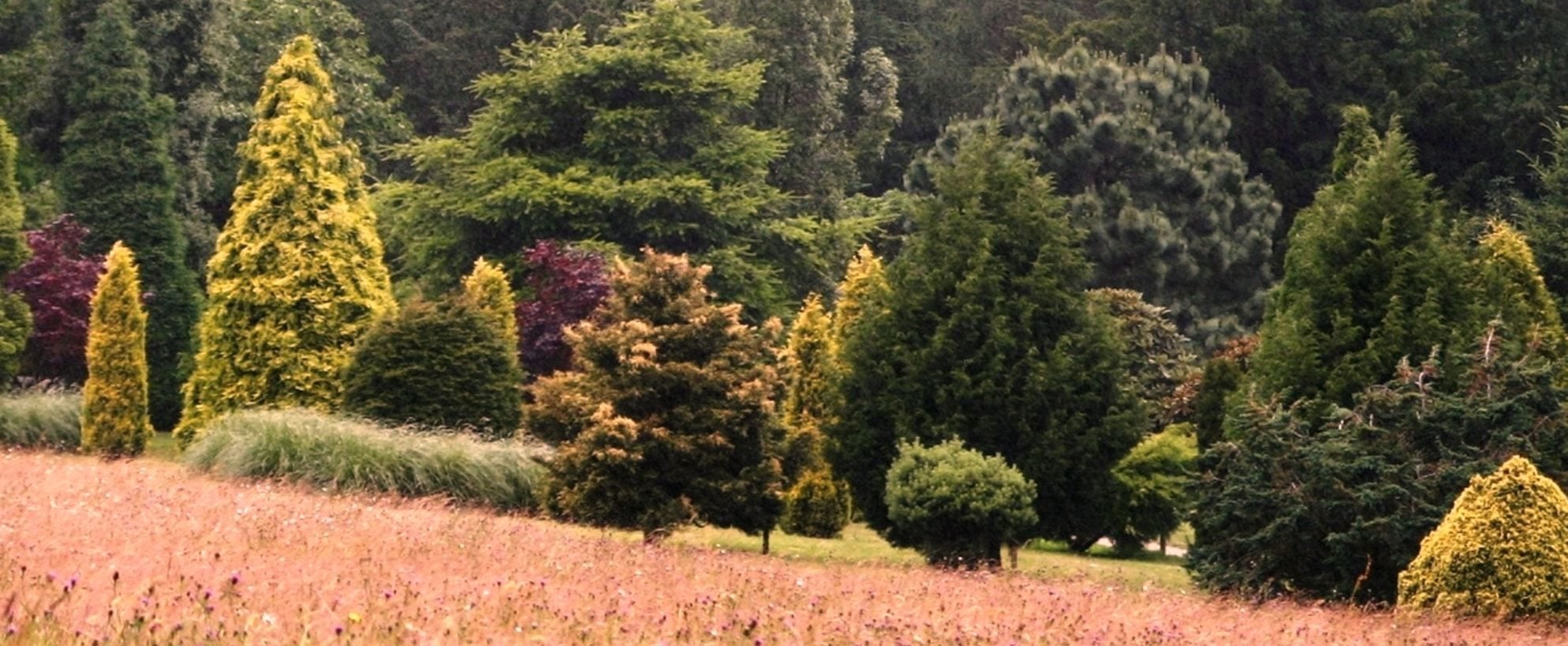Although our weather has been particularly unpredictable, the season between summer and winter is typically one of the most stable and beautiful weather periods of the year. The way my friends have been talking about the weather, you would think we were closer to winter than summer. I, for one, remain hopeful that a period of “Indian Summer” will brighten the season before autumn comes to a long, drawn-out close.
Autumn in the Northwest is considered one of the temperate seasons. The calendar carries a notation on a specific day of the month that fall has arrived. This year it came on September 23. In reality, we don’t actually know the exact day that summer weather turns to autumn or autumn weather to winter. One day we realize that despite the warm, clear daylight hours, evening comes noticeably early and a chill accompanies its arrival.
In the northern hemisphere, meteorologists use a definition of autumn based on whole months, with the season being September, October and November. What this means to us as gardeners is that the workload lightens up. We get a break from daily deadheading, unless your garden centers on late summer and early fall perennials. Even so, the feeling is one of taking a deep breath and slowing down after the bustle of spring and summer.
As the season progresses, gardeners turn to fall planting, which includes late season vegetables, spring bulbs and hardy landscape trees and shrubs. Unless rainfall is heavy enough to add an inch of rain a week, continue to water new plantings. This includes any plants you bought this year and have not yet had a chance to get into the ground.
Empty spaces in the flower border make it clear where we can fit in one more perennial or a group of spring flowering bulbs. Try sowing the seeds of hardy annuals, too. These will dawdle through the winter months but roots will become established by spring and plants will likely emerge early in the new year.
With our generally mild weather, the Northwest gardener can find something to do in the garden all year long. There’s always some pruning or weeding to be done. Seasonal rains make it easier to pull the most tenacious weeds. As plant growth reaches the end of its annual cycle, garden cleanup becomes the number one chore in the garden. Remove spent plant material early in the season and stay on top of it to avoid becoming overwhelmed.
Pull out all dead or dying annual plants as they lose their luster. Add a light layer of compost just to fill in holes and smooth out lumps, giving the garden border a maintained appearance. Later, after first frost, when the ground begins to hold the chill, add a heavier layer of compost to keep the ground cold. This prevents plants from emerging from dormancy before their natural cycle.
Put healthy pest-free material in the compost pile. Any plant material that is diseased or insect infested should be removed immediately from the garden. Anthracnose-infected dogwood leaves, rose debris with black spot or aphids should be destroyed or thrown out with the trash. Remove any fruit that has fallen from trees or vines as well.
Put gardens to bed
Autumn is the season when we put our gardens to bed for winter, even as we dream of next year’s spring awakening. This makes fall an ideal time to begin general garden cleanup. When spring does come, there will be a million and one jobs to tackle. For now, we attune our pace to the tenor of the season, dragging our feet through piles of leaves and sitting on a bench to catch the last rays of the sun on our faces.
Fall is a period of transition for the garden and the gardener. Think of it as a special treat from Mother Nature to all of us gardeners. Take breaks but take care to keep grassy areas clear of leaves. A day or two with leaves on the lawn will not hurt anything. If left for too long, the leaves will begin to smother the grass and leave flat, yellow patches.
This morning, I will encourage myself to take a deep breath and instead of focusing on the chill in the air, I’ll spend a moment anticipating the delightful scents of autumn. There will be apples, chrysanthemums and cinnamon sticks, pumpkin pie and brown sugar melting on roasted squash. Or maybe I’ll just take a moment to lie on my back on the grass and look up into the ever-changing autumn sky.
Robb Rosser is a WSU-certified master gardener. Reach him at Write2Robb@aol.com.



